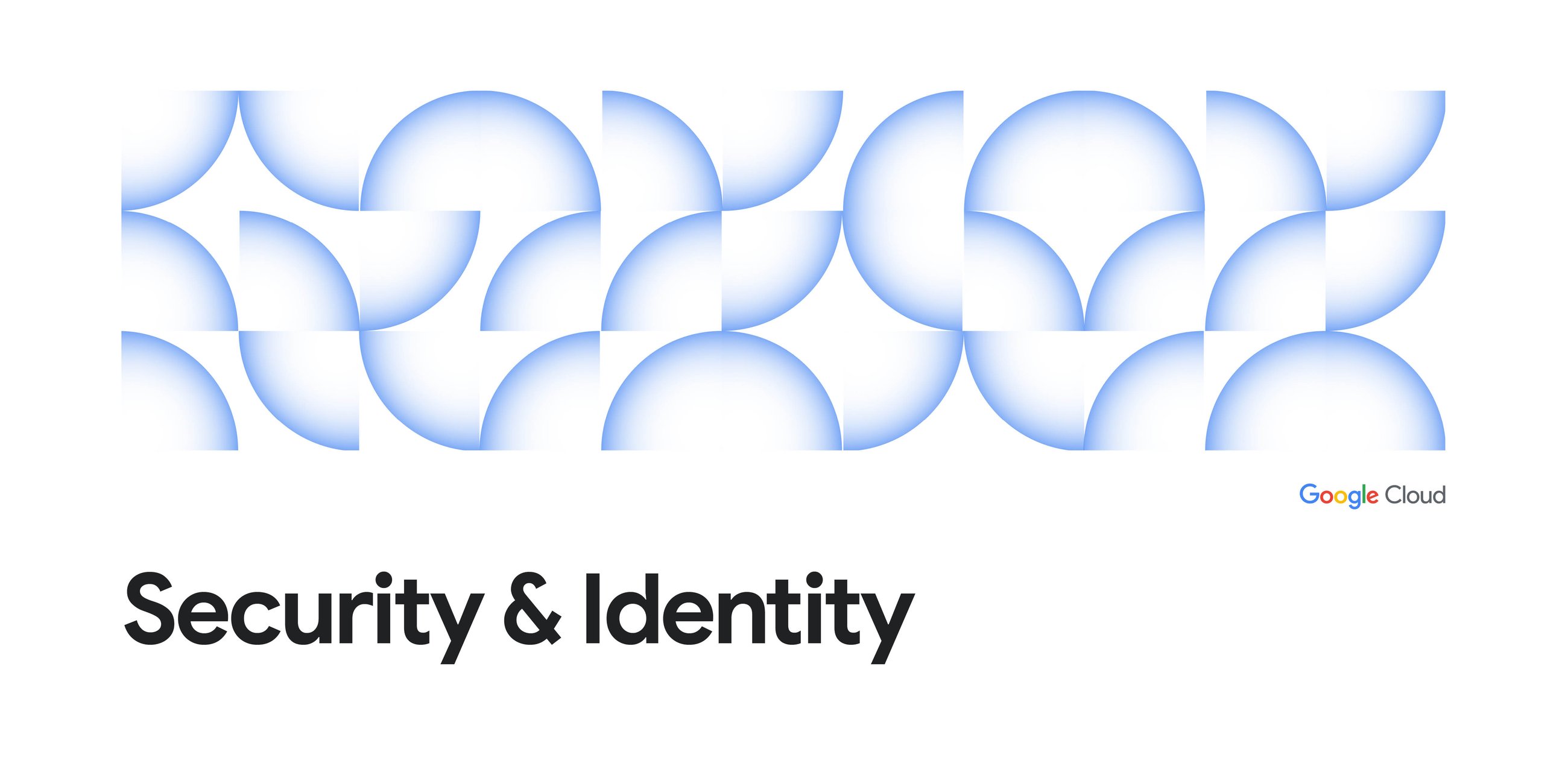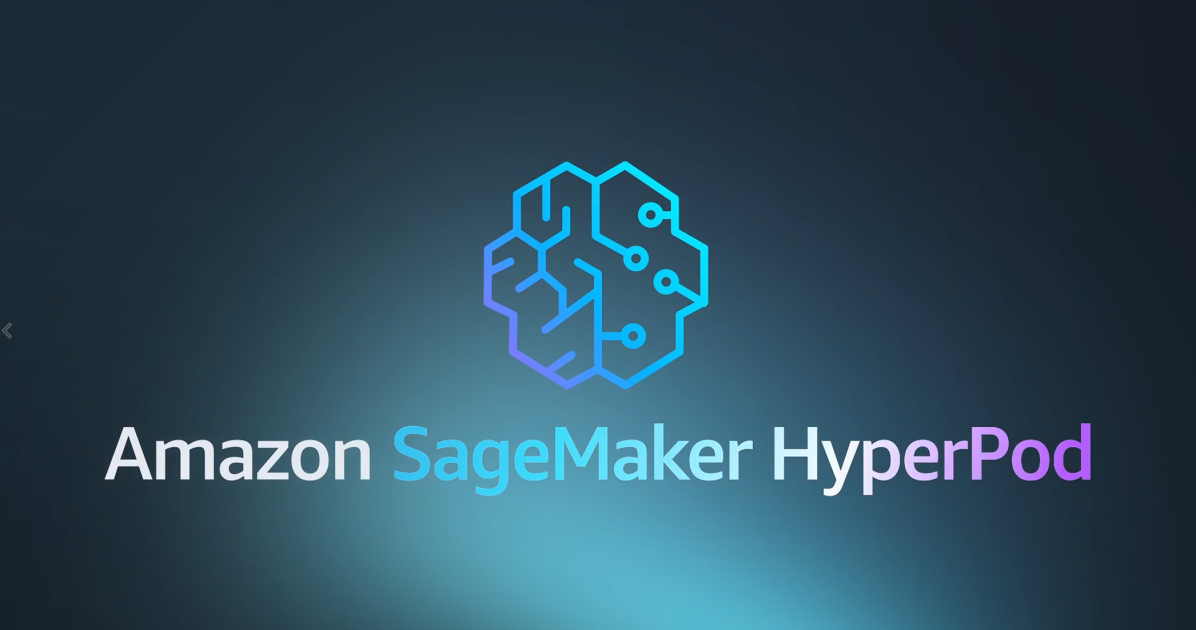
What’s new with Access Risk
Comprehensive security demands continuous monitoring and control even with authenticated users and workloads equipped with the right permissions and engaged in active sessions. Google Cloud’s access risk portfolio brings dynamic capabilities that layer additional security controls around users, workloads, and data.
Enhanced access and session security
Today, you can use Context-Aware Access (CAA) to secure access to Google Cloud based on attributes including user identity, network, location, and corporate-managed devices.
Coming soon, CAA will be further enhanced with Identity Threat Detection and Response (ITDR) capabilities, using numerous activity signals, such as activity from a suspicious source or a new geo location, to automatically identify risky behavior, and trigger further security validations using mechanisms such as multi-factor authentication (MFA), re-authentication, or denials.
We also announced automatic re-authentication, which triggers a re-authentication request when users perform highly-sensitive actions such as updating billing accounts. This will be enabled by default, and while you can opt-out we strongly recommend you keep it turned on.
Expanded coverage for VPC Service Controls
VPC Service Controls lets you create perimeters that protect your resources and data, and for services that you explicitly specify. To speed up diagnosis and troubleshooting when using VPC Service Controls, we launched Violation Analyzer and Violation Dashboard to help you diagnose an access denial event.
What’s new in Cloud Governance with Organization Policy Service
Expanded coverage for Custom Organization Policy
Google Cloud’s Organization Policy Service gives you centralized, programmatic control over your organization’s resources. Organization Policy already provides predefined constraints, but for greater control you can create custom organization policies. Custom organization policy has now expanded service coverage, with 62 services supported.
Google Cloud Security Baseline
Google Cloud strives to make good security outcomes easier for customers to achieve. As part of this continued effort, we are releasing an updated and stronger set of security defaults, our Google Cloud Security Baseline. These were rolled out to all new customers last year — enabled by default — and based on positive feedback, we are now recommending them to all existing customers.
Starting this year, existing customers are seeing recommendations in their console to adopt the Google Cloud Security Baseline. You also have access to a simulator that tests how these constraints will impact your current environment.
What’s new with resource management
App-enablement with Resource Manager
We also extended our application centric approach to Google Cloud’s Resource Manager. App-enabled folders, now in preview, streamline application management by organizing services and workloads into a single manageable unit, providing centralized monitoring and management, simplifying administration, and providing an application-centric view.
You can now enable application management on folders in a single step.
Learn more
To learn more, you can view the Next ‘25 session recording with an overview of these announcements.
Source Credit: https://cloud.google.com/blog/products/identity-security/whats-new-in-iam-access-risk-and-cloud-governance/



